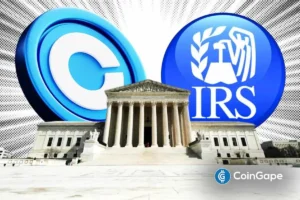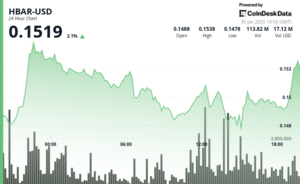After years of uncertainty surrounding stablecoin regulation in the United States, three competing bills—the GENIUS Act, the STABLE Act, and an unnamed proposal from Rep. Maxine Waters—are making progress on Capitol Hill. These bills aim to provide clarity and define the future of digital dollars in the country, potentially impacting the mainstream adoption of stablecoins. The recent advancement of the GENIUS Act by the Senate Banking Committee with bipartisan support marks a significant step towards establishing a federal framework for stablecoins.
Both the GENIUS Act and the STABLE Act introduce federal licensing frameworks for stablecoin issuers in the U.S. While the GENIUS Act focuses on licensing, reserve, and disclosure requirements along with consumer protection in bankruptcy, the STABLE Act includes a two-year moratorium on issuing new stablecoins backed solely by digital assets. Issuers with a market cap exceeding $10 billion will have to comply with OCC and Federal Reserve regulations under the GENIUS Act, while smaller issuers can opt for state-level oversight, creating a dual regulatory framework.
The new regulations will require stablecoin issuers to back their digital assets with dollar-denominated reserves, reinforcing the reliance on the U.S. dollar in the stablecoin ecosystem. This alignment with the USD can prevent foreign stablecoins from challenging the dollar’s role in international trade. By enhancing interoperability and establishing clear standards, the U.S. stablecoin industry may attract global investors and companies, leading to the dominance of U.S.-backed stablecoins in the market.
The implementation of these regulations could drive mainstream financial integration for stablecoins, resulting in increased institutional adoption and the expansion of ancillary services such as digital wallets and custody solutions. As more traditional banks and payment providers offer stablecoin services, the market cap of stablecoins is expected to grow, facilitating smoother cross-border transactions and advancing financial inclusion. The potential emergence of a broader ecosystem around the digital dollar could further solidify its utility and strengthen the dominance of the U.S. dollar in the global market.
As the U.S. regulatory framework for stablecoins sets global standards and pressures other nations to align with U.S. practices, the dollar’s dominance in the digital currency space could be reinforced. By enshrining strict reserve and transparency standards in legislation, the risk of Big Tech companies privatizing the dollar is minimized. The forthcoming regulations are anticipated to contribute to a more secure and innovative environment for stablecoins, promoting their widespread adoption and enhancing the resilience of the U.S. financial infrastructure.

















